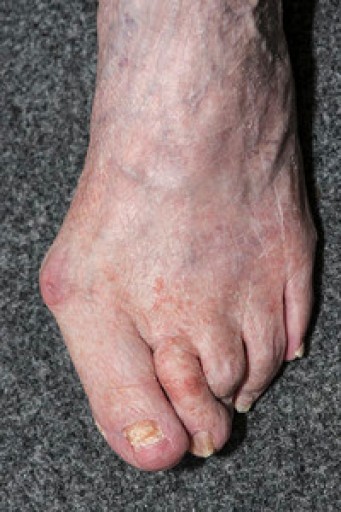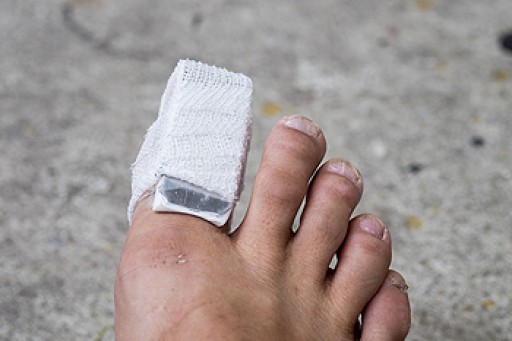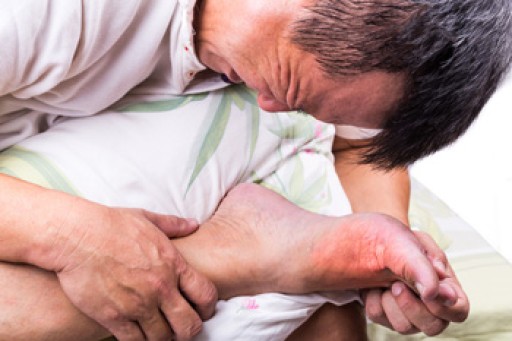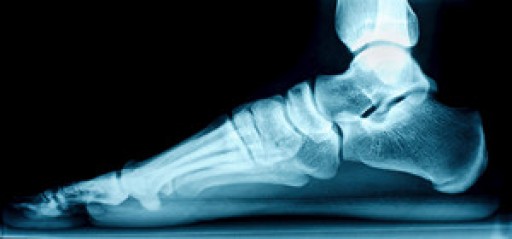 When pressure is put on the joint of the big toe over a period of time, the foot condition referred to as a bunion may develop. This condition, or foot deformity, appears as a bump on the side of the big toe. One of the most common causes of this deformity is ill-fitting or tightly worn footwear. Existing conditions may also factor into the development of a bunion. Flat feet, gout, injury to the foot, and connective tissue or neuromuscular disorders may all increase the risk of developing a bunion. Bunions can be rather painful, often causing discomfort when wearing shoes or walking. This condition can also cause the big toe to feel numb, as well become red and inflamed. For more information on how to treat a bunion, please speak with a podiatrist for professional advice.
When pressure is put on the joint of the big toe over a period of time, the foot condition referred to as a bunion may develop. This condition, or foot deformity, appears as a bump on the side of the big toe. One of the most common causes of this deformity is ill-fitting or tightly worn footwear. Existing conditions may also factor into the development of a bunion. Flat feet, gout, injury to the foot, and connective tissue or neuromuscular disorders may all increase the risk of developing a bunion. Bunions can be rather painful, often causing discomfort when wearing shoes or walking. This condition can also cause the big toe to feel numb, as well become red and inflamed. For more information on how to treat a bunion, please speak with a podiatrist for professional advice.
If you are suffering from bunions, contact Frank Henry, DPM of Marble Falls, TX. Our doctor can provide the care you need to keep you pain-free and on your feet.
What Is a Bunion?
A bunion is formed of swollen tissue or an enlargement of boney growth, usually located at the base joint of the toe that connects to the foot. The swelling occurs due to the bones in the big toe shifting inward, which impacts the other toes of the foot. This causes the area around the base of the big toe to become inflamed and painful.
Why Do Bunions Form?
Genetics – Susceptibility to bunions are often hereditary
Stress on the feet – Poorly fitted and uncomfortable footwear that places stress on feet, such as heels, can worsen existing bunions
How Are Bunions Diagnosed?
Doctors often perform two tests – blood tests and x-rays – when trying to diagnose bunions, especially in the early stages of development. Blood tests help determine if the foot pain is being caused by something else, such as arthritis, while x-rays provide a clear picture of your bone structure to your doctor.
How Are Bunions Treated?
- Refrain from wearing heels or similar shoes that cause discomfort
- Select wider shoes that can provide more comfort and reduce pain
- Anti-inflammatory and pain management drugs
- Orthotics or foot inserts
- Surgery
If you have any questions, please feel free to contact our office located in Marble Falls, TX . We offer the newest diagnostic and treatment technologies for all your foot care needs.












